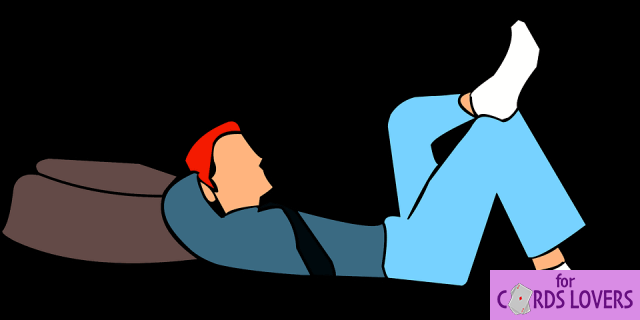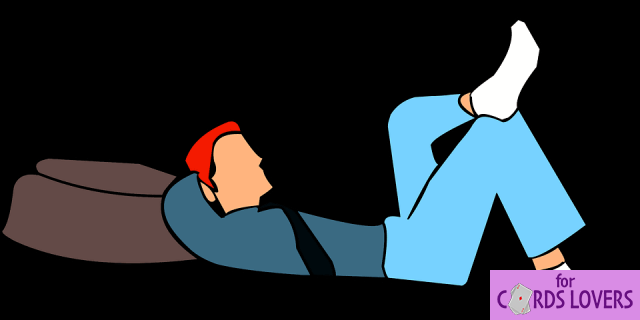
Sleeping seated in an airplane seat or car is about as comfortable as going to the chiropractor, but much worse for your spine.
But when you're stuck in a seat for hours, it might be a good idea to try and sleep during the ride The only problem is that sleeping seated often induces neck and neck pain - unless you do it right.
Sleeping seated: Protect your spine
To understand how to sleep sitting up without damaging your neck, you need to understand what happens to your spine when you sleep like this.
When you sleep sitting up, your spine sees its curvature contort when you slump.
When this happens, the spine doesn't just pull on the muscles and tendons responsible for controlling the head and neck - the spine actually cuts off some of the blood flow to your brain.
Many physical problems have been associated with the seated head forward sleeping posture:
- Increased upper cervical curvature
- Decreased lower cervical curvature
- alteration of upper thoracic kyphosis
- Protraction, elevation and downward rotation of the shoulder blades
- Internal rotation of the humerus
- Elevation of the first and second ribs…
Cervical spine flexion has been studied by many researchers and recently by Dvorak et al. Loss of cervical lordosis occurs in flexion, which leads to increased disc pressure and increased electromyographic readings in the cervical musculature.
However, the most important effect is the tension on the cervical spinal cord, brainstem, and nerve roots. Bending is often found in office workers and typists” (Harrison 1999 Sitting Biomechanics).
A human head weighs between 5 and 8 kilos. All that weight puts pressure on the arteries through your spine, which deliver blood to your brain.
When you drop your head forward, your spine is pulled out of its natural alignment, those vertebrae move into an unnatural position, and your arteries clog. During this time, your discs and nerves are also under intense pressure.

How to sleep seated without danger?
Sleeping seated is clearly not ideal - but 18-hour flights to Hong Kong or Australia often require sleeping in a seated position. Here is a list of things to do when you decide to sleep sitting up or sitting up.
#1 - Sit in a good seat
You may not be able to choose which seat you are in if you are traveling, but try to bow as best you can if you travel a lot. Get one seat with lumbar support to keep your lower back aligned while you sleep.
First-class seats on airlines generally have a more ergonomic, back-friendly design, and higher-end vehicles also come with lumbar support seats.
#2 - Sit in good posture
When you sleep sitting up, choose a good position - you'd be surprised how little some people move when they sleep in tight quarters.
Sit with your feet flat on the floor. Roll your shoulders back and align your hips and knees. Fundamentally, you want your whole body pointing in the same direction to avoid misalignment.
#3 - Don't Lean Against a Wall or Window
It's weird to sleep sitting up without laying your head down, but try to resist the urge, and use a travel pillow instead really great for keeping your head supported and avoiding pain when you wake up.
#4 – Use a Memory Foam Travel Pillow
Get yourself a memory foam travel pillow, designed to support your spine. It's the only way to sleep sitting up without breaking the bank when you wake up. Also bring a sleep mask, so you don't have to avoid the sun and thus have to turn your head.
#5 – Buckle up your belt
Buckle up especially if you plan to sleep seated. She you will prevent you from slipping and slouching in your sleep.


























